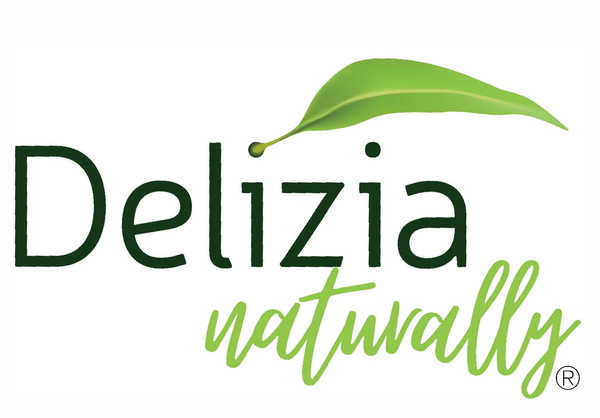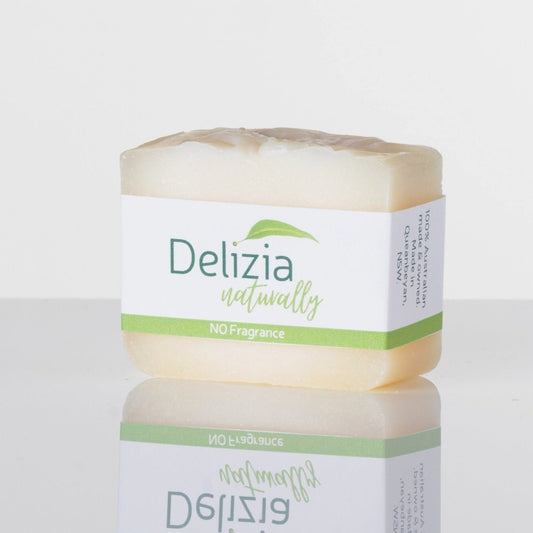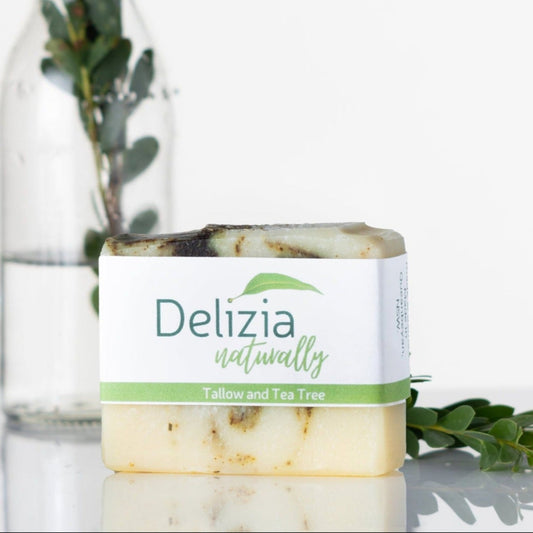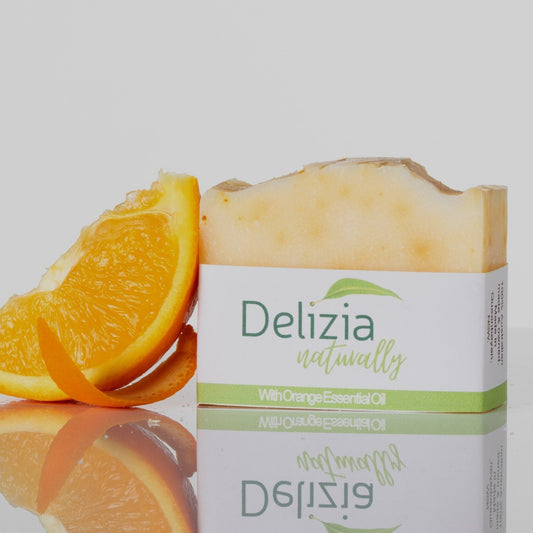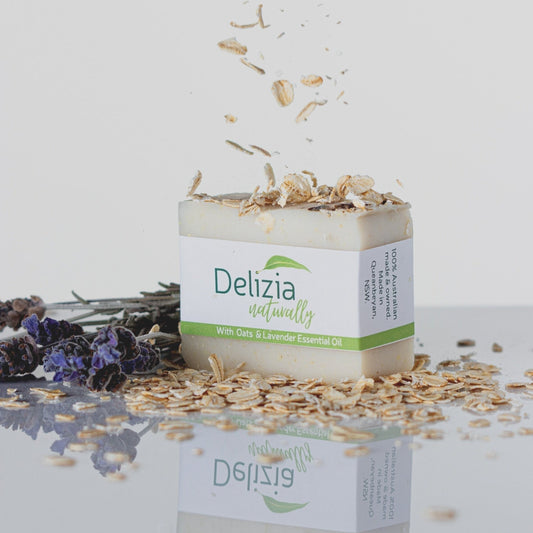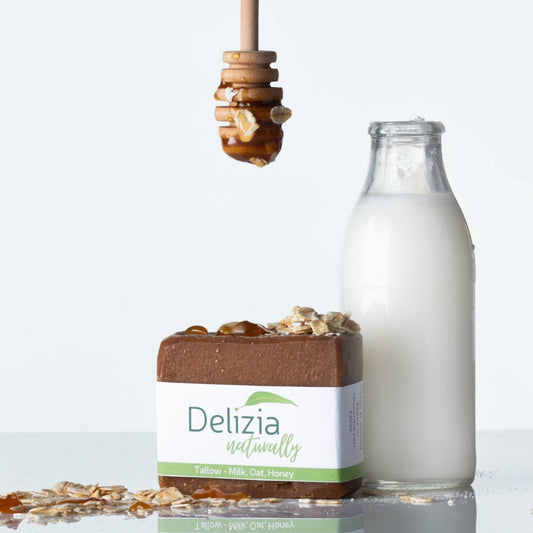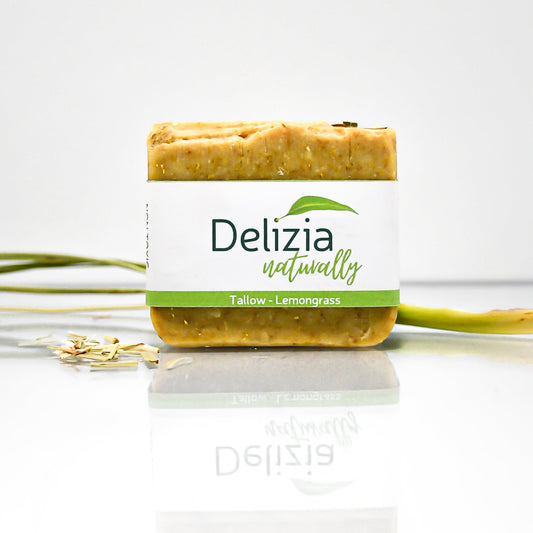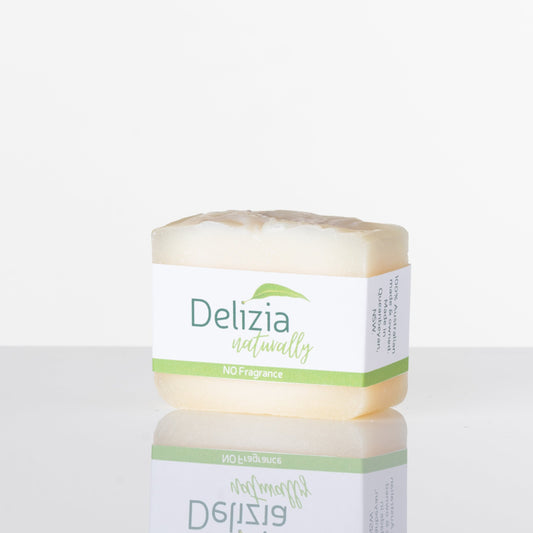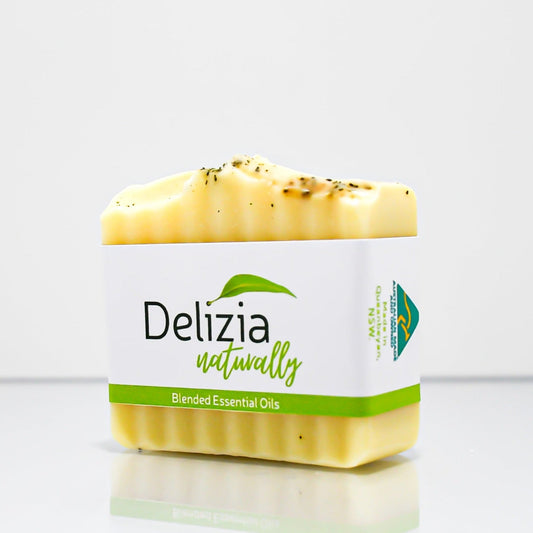Why Delizia Naturally prefers to use Saturated Fats. No PUFAs in our Soap.
Share
Many years ago...
Lard and Tallow is melted down animal fat and is a saturated fat. Once upon a time this type of fat was commonly used in cooking and in soap and candle making. However the use of fat is not as common today. At Delizia Naturally we use Tallow from Beef and Sheep fat to create most of our soap and skin care.
Saturated vs Polyunsaturated fatty acids (PUFAs)
The word 'poly' in poly-unsaturated means more than one. Polyunsaturated fatty acids or PUFA have many (or more than one) double bond. Because these fatty acids behave much like an acid that has a broken link in a chain, bonds are required, the bonds are there to hold the fat chain together.

These bonds mean the fat can react when exposed to oxygen. In the instance of making soap, this means that soap may attract DOS (Dreaded Orange Spots) which appear when oxygen reacts with the bonds present in the oil. This is why soap makers who use polyunsaturated fat in their soap add an anti-oxidant to prevent oxidisation and therefore DOS from happening.
More concerning is that us humans have been convinced into thinking that poly-unsaturated fats are good for us. Hang on a minute, doesn't that mean those fats oxidise inside of us when we consume them?
We'll let you look up the health concerns about this separately from this blog post...
Saturated fats (as found in animal fats, butter and coconut oil) do not need a bond and have a complete chain. You read that right, saturated fats have no bonds, and so they will do not react with oxygen the same way that polyunsaturated fats do. Saturated fats are more stable, which also means they are less likely to oxidise.
Read below about the history of Crisco in America and how originally an ingredient used to make soaps and candles became an ingredient for human consumption.
At Delizia Naturally the reverse is true. We use Tallow - which is an ingredient fit for consumption AND an ingredient that can also be safely used in Soap and Candle Making.
We have a range of products that do not use PUFAs at all in our soap or skincare. Have a look at our Tallow products and their ingredient list to make sure you find what you're looking for.
I have acknowledged the following two links for the remainder of this blog:
